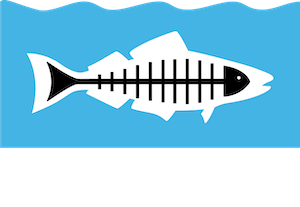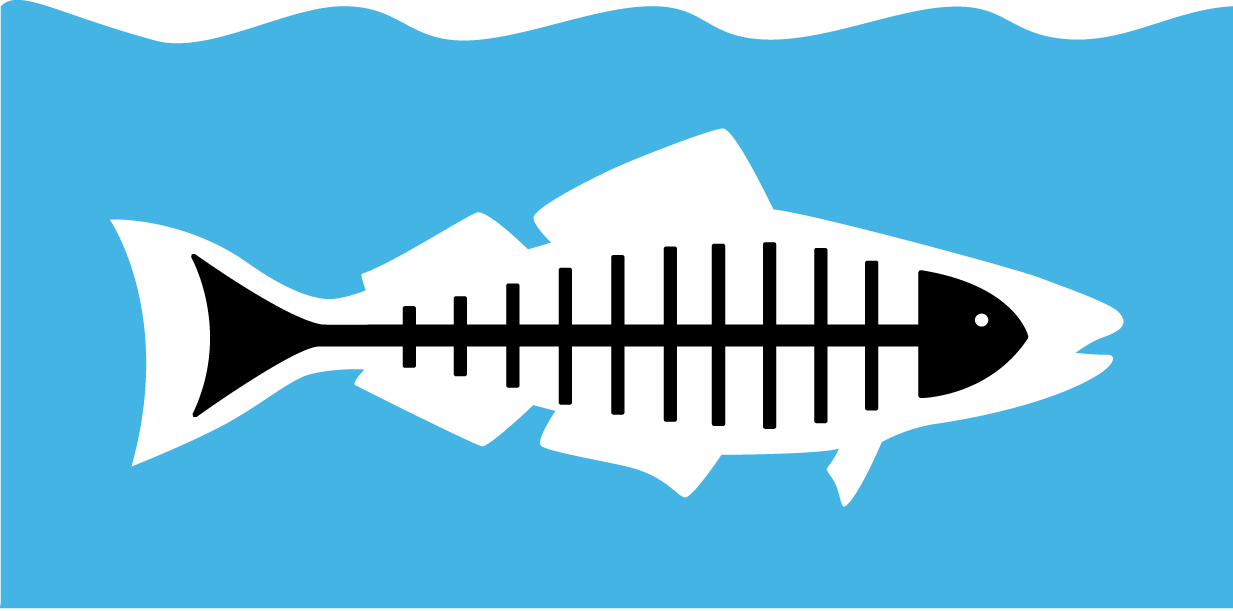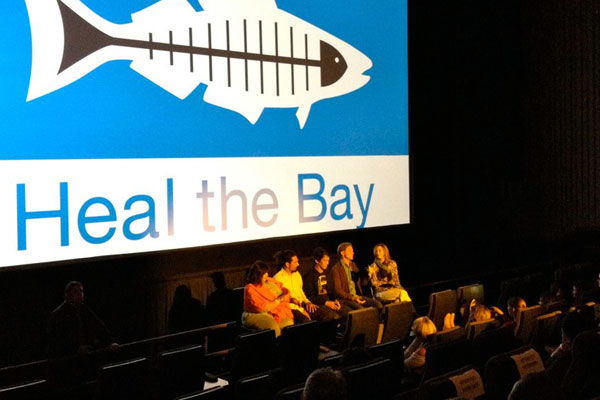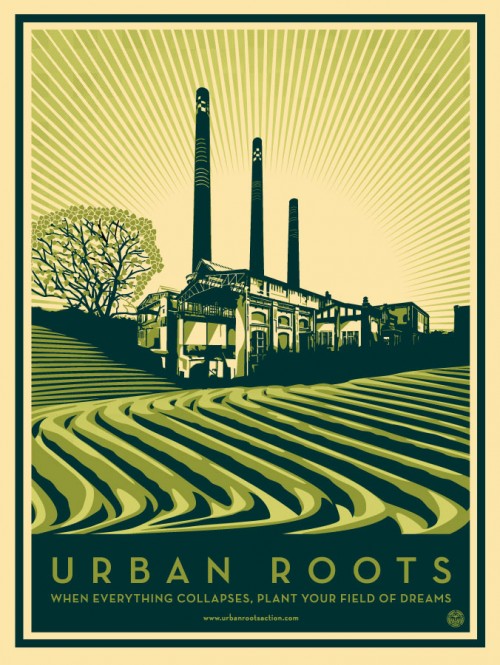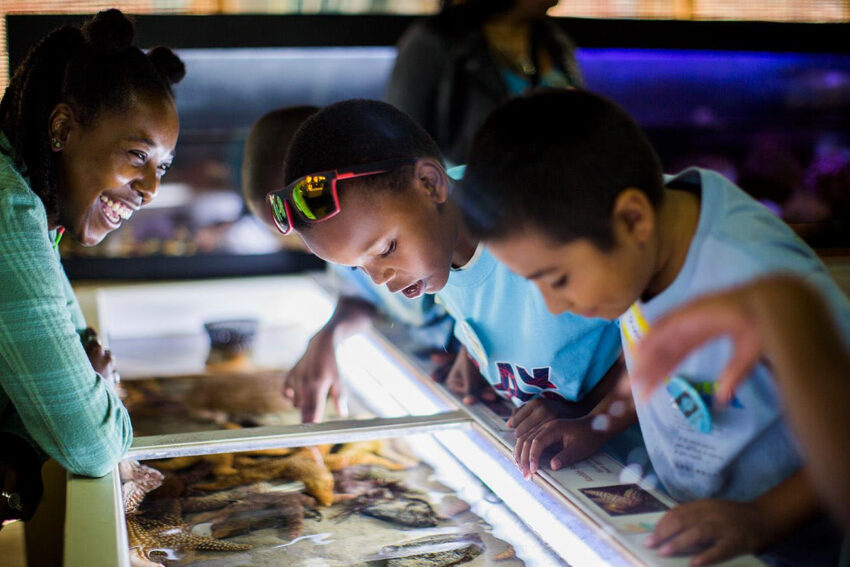The box office tallies are in: Heal the Bay and Sundance’s Movie Night to benefit clean oceans and rivers Wednesday night was a smash hit. Sundance Cinemas’ about-to-launch Sunset theater complex in West Hollywood welcomed more than 400 film fans and eco-champions for a fun, laid-back night of intelligent cinema and environmental activism.
Once they arrived to the newly refurbished theaters, moviegoers got to select from one of five surprise screenings, with a focus on the L.A. premiere of Watershed, the latest documentary from the Redford family. The affable Jamie Redford, a producer of the film that argues for a new water ethic in the American Southwest, graciously welcomed guests, promising to follow in the spirit of the film and not “lecture you all.” Los Angeles City Councilmember Paul Koretz (a primary force behind the city’s recently enacted plastic bag ban) presented a civic proclamation, followed by his fellow councilmember, the always ebullient Tom LaBonge.
As guest settled into their seats in the respective theaters, they were treated to a wide-screen showing of Heal the Bay’s clever plastic bag mockumentary – “The Majestic Plastic Bag,” the Jeremy Irons narrated short that recently played in official competition at the Sundance Film Festival. (It was also nice to kick off a movie with a specialty craft beer, fresh popcorn and an oversize, comfy seat.)
With its focus on the challenges facing the Colorado River and other water-related issues, Watershed was naturally the main draw for most Heal the Bay supporters. Actress and Heal the Bay board member Sharon Lawrence deftly moderated a spirited panel discussion after the film (pictured below) with Redford, director Mark Decena, Regional Water Board member Irma Munoz and local sustainability champion Jimmy Lizama. An engaged crowd discussed a variety of topics, from gray water to fracking, with an effort to identify steps people can take in their daily routine to use water more wisely.
But a few staff members and donors, with maybe just a tinge of guilt, chose to sneak into some of the other specialty fare. (Arbitrage, the new Richard Gere Wall Street drama, drew a big crowd that enjoyed the film’s pulpy pleasures.)
A special thanks to Sundance Cinemas execs Paul Richardson and Nancy Gribler for welcoming Heal the Bay into their new exhibition home. The theater opens to the general public on Friday.
See more photos from Sundance Movie Night.
If your company or organization is interested in hosting a benefit event, please contact Nina Borin at 310-451-1500, ext. 124 for more information.
